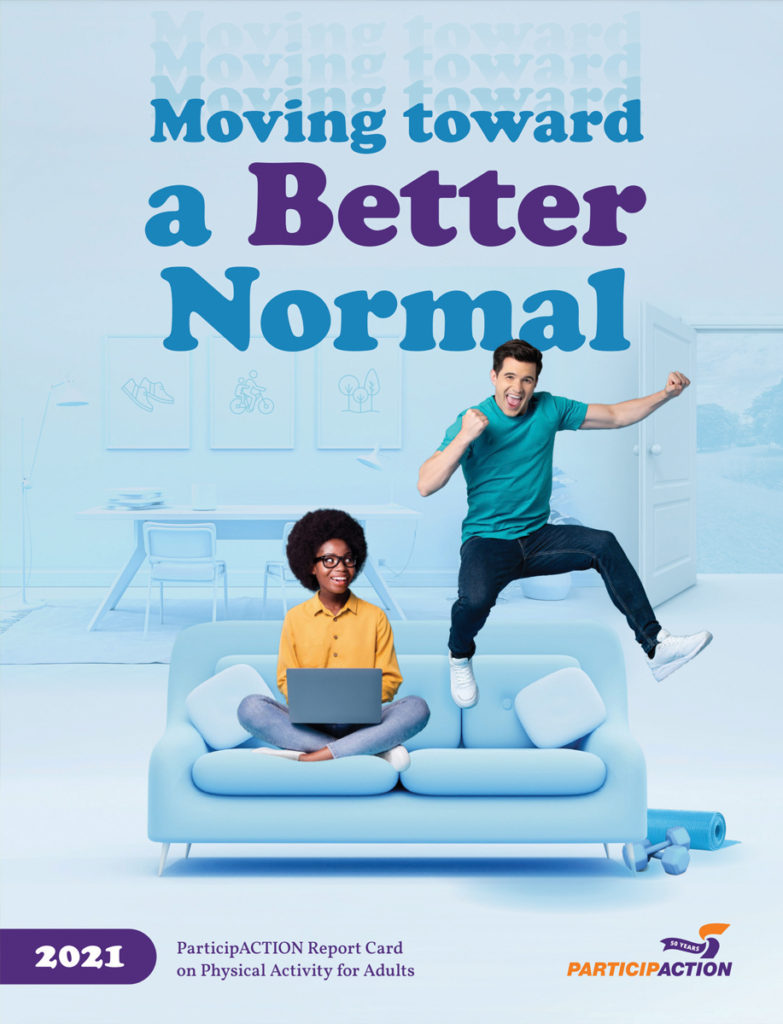Here are the facts
As I sat writing my most recent book (last year’s The Menopause Manifesto), I became aware of how little I was moving.
Of course, this was during the first wave of the pandemic—before we knew there would be waves (insert a very sad face emoji), and everyone was terrified to go out.
Or at least I was. I had curtailed many activities due to the fear of catching COVID, and the time that I wasn’t writing seemed occupied by monitoring the news. Sure, I went for a run or a hike on the weekends, but during the week I would be surprised if I moved more than 1,500 steps a day.
I worked from home for at least four weeks, and all my little trips to the store vanished. Whatever was in the pantry had to last until the next time I felt like braving the grocery store. Basically, I felt as if I were turning into veal.
At the same time, though, I was reading article upon article about the health benefits of exercise for my book—not just aerobic exercise but simply moving more. And not just for osteoporosis prevention, but for heart disease, mental health, maintaining muscle mass, and so on.
It took me quite a while to get out of my minimal moving mindset. But eventually I began working with a trainer. She set me a goal of 5,500 steps a day, which I thought would be a cinch, but of course it’s not.
So many things in our lives feel designed to keep us from moving. I park at a garage across the street from work (it is about one block from my car to my office), climb six flights of stairs, and I am in and out of exam rooms all day, but of course I am sitting when I’m listening to my patients and when calling them on the phone. On a busy day, that doesn’t get me past 4,250 steps. The only way I can crack 5,500 steps is if I add in a walk at lunch or after work,
and so it takes a lot of planning.
But lately I’ve been wondering how many steps are ideal, healthwise, and should I be aiming for more? We’ve all heard “10,000 steps,” but is that based in science?
10,000 steps a day didn’t come from science—and no one is exactly sure where it came from.
I’m always skeptical about quasi-medical truisms like this. After all, drinking to stay ahead of your thirst is a Gatorade marketing slogan that found its way into our everyday lexicon, and it’s now taken by many people as gospel! So, I did some reading, and it’s a shocker but 10,000 steps a day didn’t come from science. Most people in the movement space think it is from the name of a pedometer that was sold in Japan in 1965, which was called Manpo-kei and translates to “10,000 steps meter” in English—never underestimate the power of marketing.
So, what does science tell us?
I had the good fortune to get some great information when I did an interview with Dr. Herman Pontzer, an expert in metabolism, for the new season of my podcast Body Stuff. He’s spent a lot of time studying the Hadza, a hunter-gatherer community in Tanzania. Dr. Pontzer told me that Hadza women average about 13,000 steps a day, and interestingly, women in an Old Order Amish community in Canada, where no motorized vehicles are used, walk about 14,000 steps a day.
If you think back to ancestral humans—before farming was done—we were all hunter-gatherers, and getting food took effort. If hunting and gathering had been too taxing physically for our ancestors, well, we’d have evolved differently. Being able to move a lot also means being capable of moving to places with better food when needed. If this kind of movement also keeps us healthy, it’s an evolutionary win.
But are 13,000 to 14,000 steps a day for women really what we need? I was hoping not, since that would be a challenge. The only time I consistently get that number of steps a day in is when I am visiting a big city—like New York, London or Paris—when I’m not working a simply hustling to see the city. Among adults younger than 60, the more steps taken, the lower the mortality rate until reaching 8,000 to 10,000 steps per day.
Fortunately, the Women’s Health Study followed a cohort of women who wore pedometers and then compared the outcomes of several health metrics with the number of steps taken. Data from this study was published in 2019, and what it shows is this: Among women ages 45 and older, those women who took 4,400 steps per day had significantly lower mortality than those with 2,700 steps per day. In fact, the more steps the women took, the lower the mortality rate until they reached 7,500 steps per day where the benefits leveled off. Interestingly, the speed of the steps didn’t matter, just the number of steps.
Recently, a meta-analysis was published this year, looking at 15 studies and arriving at very similar results. Among adults younger than 60, the more steps taken, the lower the mortality rate until reaching 8,000 to 10,000 steps per day. For those aged 60 and older, the health benefit plateaued around 6,000 to 8,000 steps per day.
So now I’ve got a new goal in mind—I’m aiming for 7,500 steps a day.
Excerpted TED Talk by Dr. Jen Gunter

Let’s get moving
In its new Report Card, ParticipACTION is calling on Canadians and our leadership to get more physically active in order to improve our physical and mental health as well as our social well-being.
We’ve known for decades about our chronic sedentary behaviour – it even earned us an F grade in a 2021 report. The new report card calls on each of us to harness this awareness and dismantle barriers like age, income, race, gender, sexual orientation and other socio-economic factors in order to complete the recommended 150 hours of physical activity a week.
After all, strong physical, mental and social health can help us equip us for the known challenges of everyday life and whatever unpredictable events lie ahead.
To read the full report card visit: participaction.com













